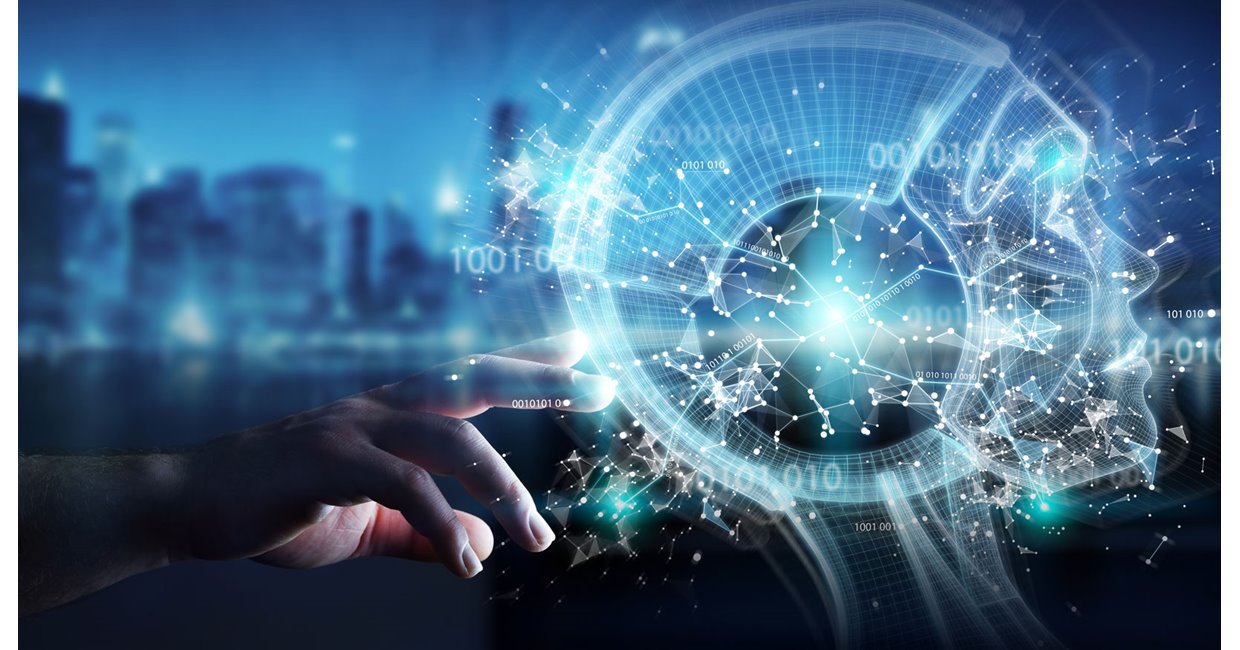
Data and AI drive electrification at container terminals
In the middle ages philosophers looked at the night sky and wrote down positions of stars in the night sky; using mathematics it became possible for the philosophers to foresee future positions based on previous ones. Today this kind of intelligence normally associated with humans is increasingly done by computers and this reasoning is called “artificial intelligence”. With computers available to do most of the hard lifting it has become possible to study more complex problems than mapping the positions of stars.
In the global logistics industry and for container terminals in particular the relevance of AI lies in deciphering patterns in the thousands of factors that affect operations. These can be related to the machines and their work cycles, to the containers being moved, the incoming and outgoing vessels, the gate, the yard and even external factors such as the weather or tidal waters.
The power or artificial intelligence is that this same fundamentally simple reasoning can be applied to systems with seemingly so many parameters that the human mind struggles to keep track of all of them. Fortunately, computers have no trouble with simultaneous processing of a multitude of parameters and can furthermore be programmed to find relevant dimensions through a process called feature engineering, potentially simplifying things but without any guarantee of success.
Unlocking business benefits with data
There is constant pressure on terminal operators to improve both efficiency and productivity at the same time as the global logistics industry grows. The overall volume of containers moved across the globe increases and this development is accompanied by new and ever more stringent regulations on sustainability entering into force. The apparently conflicting nature of these two outlooks is fruitful ground for innovation: through the smart use of data efficiency improvements and emissions reductions can be attained and global trade can continue all the while supporting the battle against climate change. Furthermore, allowing the continuation of global trade means that billions of people in developing countries can be given opportunities for livelihood, be lifted out of poverty and improve their standard of living in a sustainable way.
Kalmar started its electrification journey almost fifty years ago and has actively pushed the industry towards more eco-efficient options ever since.The key takeaway in transitioning to electrically powered machines is that machines cannot be considered as separate entities but the overall operation needs to be understood and this is where data analytics comes in.
In comparison with diesel drivelines, electrification brings many more and new types of constraints that need to be simultaneously balanced: drivelines, battery chemistries, depths of charge thresholds, chargers, charging opportunities and grid requirements just to name a few. Compared to the diesel driveline, electric machines need to be charged more often and at the right time, maintaining the state of charge at a safe level and maximally supporting the operations. In particular this means that the location and timing of charging needs to be planned.
AI-powered tools as a basis for electrification
To understand the needs of a given terminal, a data-driven approach enables studying the current operations and computing the energy needed for accomplishing them. In this way the dynamic energy requirements can be mapped and infrastructure installations (greenfield) or upgrades (brownfield) planned.
Understanding the key elements in operations such as container masses, work cycles and driving patterns is needed to enable energy modeling capabilities and the creation of AI-driven energy models for different equipment types. Without the globally collected telemetry data from the equipment such analyses would be impossible to do, showing just how data drives innovation and brings about unexpected and potentially life-changing insight and solutions.
Modeling the energy consumption of machines is not the end of the story: when planning for electrification multiple external factors also come into play. One of the main questions is that of securing and optimizing the electricity supply, in particular for brownfield terminals where the current infrastructure may be inadequate or economically prohibitive for the heavy consumption of a fleet of electrically powered machines. Electricity providers therefore have an important role to play in setting up the best possible infrastructure. Once the energy modelling has been done with the help of AI, terminal operators may choose their preferred origins of energy considering their respective environmental impacts together with costs, resulting in emission-free end to end container operations.
Summarizing the main opportunities and challenges presented above, we emphasize that first of all, the globally observed mega trend of electrification exposes a vast opportunity for cargo handling operations, allowing full end-to-end processes to rely on sustainable energy. Secondly, the mega trend of artificial intelligence has already proven helpful in understanding the extremely complex system that a container terminal is. Thirdly, Kalmar believes that data-driven methods such as artificial intelligence are crucial for making the transition to electrically powered fleets possible in a judicious and factual manner instead of having to resort to speculation and uncertainty.
 Dr Hanna Grönqvist
Dr Hanna Grönqvist
works as a Data Scientist in the Data Driven Services team at Cargotec. Hanna has been working at Cargotec since 2018 after finishing a PhD in theoretical physics and working in a startup at the intersection of nanotechnology and software. She is passionate about applying analytics from a top-down perspective to enhance the level of intelligence in operations across the Cargotec business areas.

Pekka Mikkola
works as Director, Data Driven Services at Cargotec. Pekka has been working at Cargotec since 2009 in various positions. Prior to that he has been working with Services development and Business consulting for more than 20 years. Pekka has founded Cargotec IoT Cloud, which is a platform for creating intelligent services using data and analytics. Pekka's team contributes to Cargotec’s offering and services development bringing data insights and AI/ML capabilities.
Related articles
Subscribe and receive updates in your email
Meld je aan voor onze publicaties










